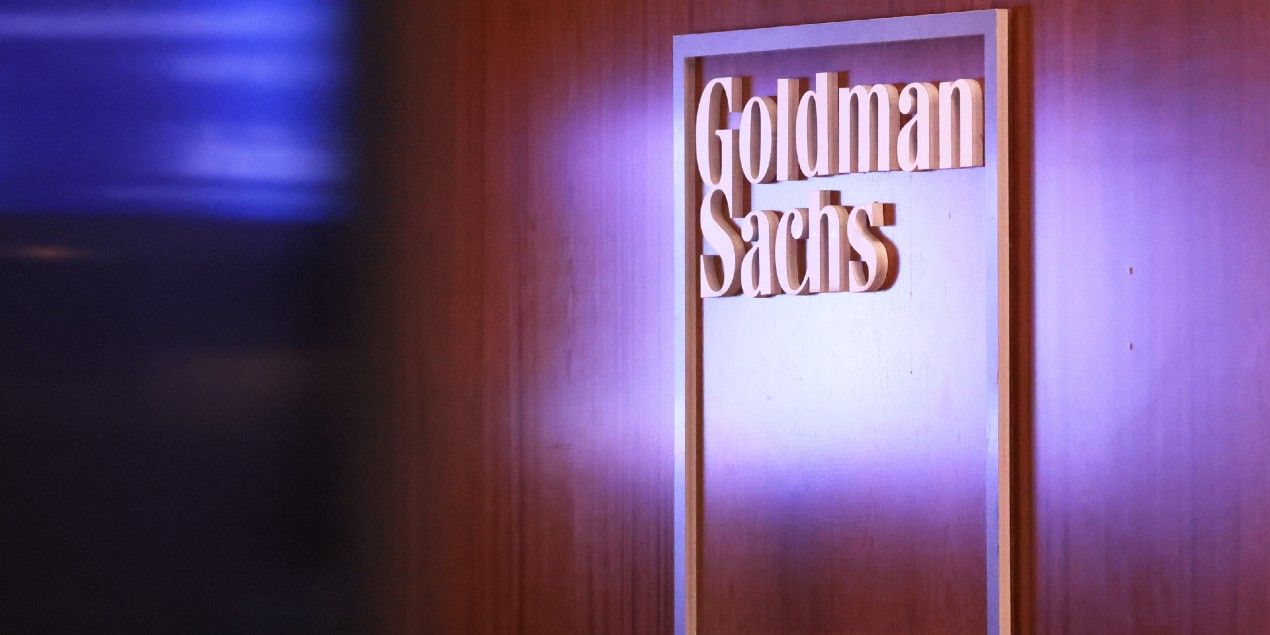Economists at investment bank Goldman Sachs (GS) have officially adjusted their projection for when they anticipate the U.S. Federal Reserve to initiate interest rate cuts, pushing the expected start date to June of this year. Previously, Goldman Sachs had anticipated the beginning of rate reductions in May. This revision in outlook was prompted by a thorough review of the minutes from the central bank’s January meeting, leading the bank to formalize its updated forecast on rates.
Furthermore, Goldman Sachs now anticipates a total of four interest rate cuts for the year, as opposed to the previous projection of five cuts. These rate adjustments are anticipated to occur in June, July, September, and December. However, the investment bank has revised its expectations for 2025, now foreseeing four additional rate cuts compared to the previous forecast of three. By the end of the next year, Goldman Sachs anticipates the terminal rate to range between 3.25% and 3.50%.
Although many economists and market observers had initially expected the Federal Reserve to commence lowering interest rates at its March 20th meeting, the timeline has been extended due to robust inflation and economic data observed in recent weeks. Most forecasts now point towards rate reductions in May or June of this year.
In their updated outlook, Goldman Sachs’ economics team highlighted two key shifts in the stance of the Fed. Firstly, with the backdrop of resilient economic indicators, central bank officials appear less concerned about maintaining interest rates at elevated levels for an extended period. Secondly, there is a growing emphasis among central bank officials on the necessity for additional evidence indicating a trajectory towards the Fed’s 2% annualized inflation target before embarking on interest rate cuts.
In the market, Goldman Sachs’ stock has demonstrated a 7% gain over the last 12 months, currently trading at $390.47 U.S. per share. This adjustment in the outlook for interest rates reflects ongoing assessments of economic conditions and policy dynamics, influencing investor sentiment and market expectations.
